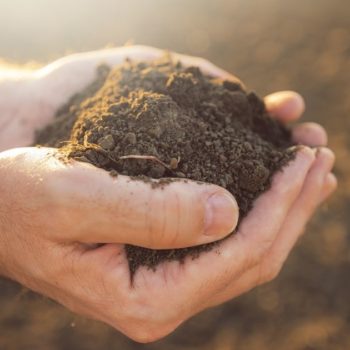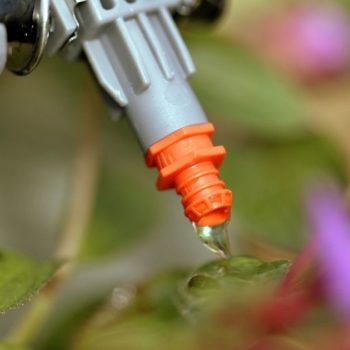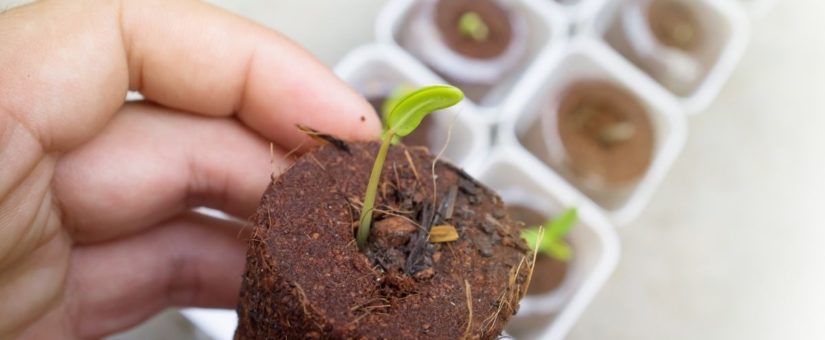
How to Successfully Germinate Seeds for Hydroponics
Healthy, high-yielding plants require high-quality seeds and an ideal environment to germinate into strong seedlings. It can feel deflating when a seedling fails to sprout. Even after you’ve placed your seeds lovingly in fertile soil and watered according to schedule, there are many reasons a seed won’t germinate. From proper storage to good water quality, it’s important to take care of your seeds at every stage of germination.
By following our tried-and-true best practices below, any grower can germinate seeds into giant plants:
Sorting Your Seeds for Success
Whether you buy your seeds at a retail store, purchase them from an online seed bank, a quick visual inspection and a simple pinch test will determine the seeds you should invest your time and materials on. Eliminate seeds with noticeable defects and set aside any undersized seeds, off coloured seeds, and seeds with chips or scrapes. Focus on your best bets for the best buds. Finally, give your seeds a gentle pinch to ensure they’re firm and don’t crumble.
You now have the strongest seeds and are ready to assemble the supplies. Here are a few germination supplies to consider:
Seeds – Ensure your seeds are from a reputable and reliable source, depending on your region.
pH Testing Kit – The water’s pH level should measure 5.5, since the right pH will determine the growth of beneficial bacteria in your water.
TDS Pen (Total Dissolved Solids) – Look for an acceptable tap-water reading of 0-50 and filter anything above 400 water.
Growing Medium – Rockwool, peat moss or coco coir all work, but rockwool is popular for its excellent moisture retention.
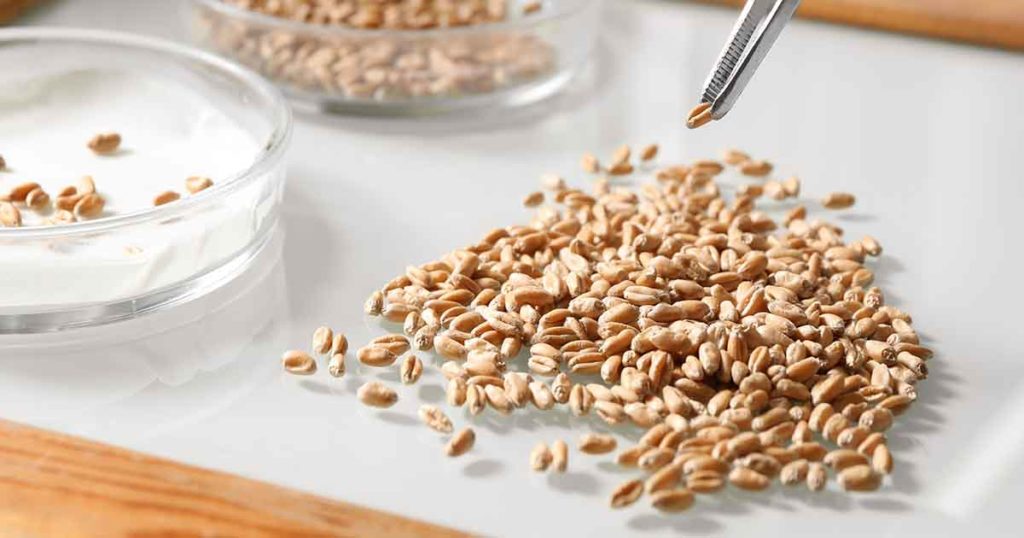
Condition Your Water
While tap water may be okay for more mature plants, it can be a problem for seeds and seedlings. Tap water comes with chlorine, fluoride, and salts that can be harmful to healthy plant growth and may prevent seeds from sprouting altogether.
Use bottled water for germination or fill a bucket with hot water and let it sit outside for a day. This step will remove the chlorine for safer germinating.
Planting the Seeds with Precision
Take your starter cubes, immerse them in the conditioned water for a simple, thorough soaking, and then place them—seed holes up—on a seedling tray. Starter cubes are easier to add to any system without damaging the seeds.
Place your best seeds in the starter cube holes (one seed per hole) and then give a gentle pitch to the surface to cover the hole. Soon you’ll see roots pop through the bottom and sides of the starter cube. Once your plant is a few inches tall with a few leaves and a healthy root system, you can place it into your hydro system.
Take your starter cubes, immerse them in the conditioned water for a simple, thorough soaking, and then place them—seed holes up—on a seedling tray. Starter cubes are easier to add to any system without damaging the seeds.
Place your best seeds in the starter cube holes and then give a gentle pitch to the surface to cover the hole. Soon you’ll see roots pop through the bottom and sides of the starter cube. Once your plant is a few inches tall with a few leaves and a healthy root system, you can place it into your hydro system.
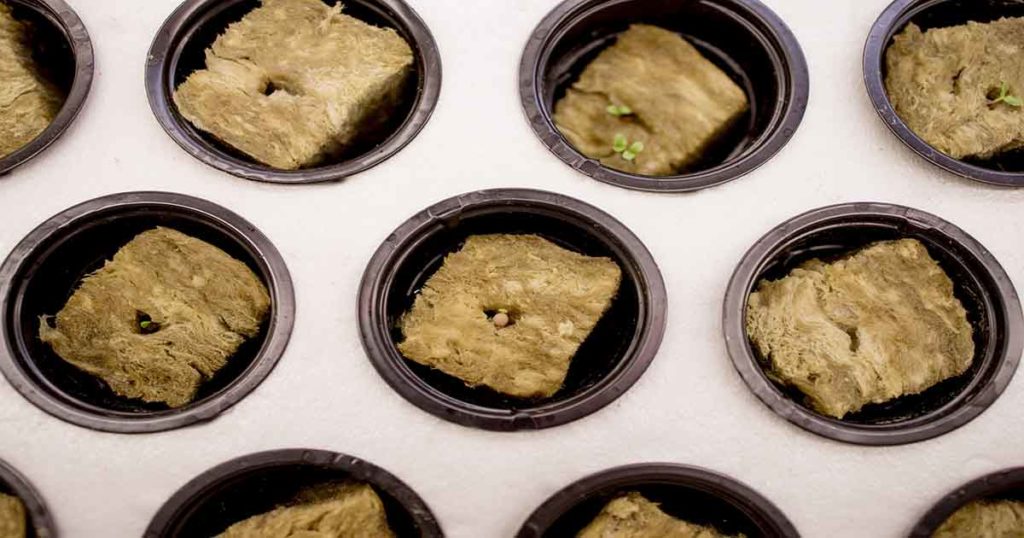
Creating the Ideal Climate for Germination
Seeds will thrive in a dark, moist, and warm environment, so keep them away from direct sunlight, preferably in a cupboard or a closet. Then, place a humidity dome over the seedling tray for a moist atmosphere.
The initial soak of conditioned water will last roughly a week but should be checked frequently and replenished accordingly.
Maintaining the ideal temperature of 78 to 84 degrees F is effortless with a seedling heating mat. If you follow these steps, you are very likely to produce hearty seedlings. Happy seeds give your plants the best opportunity to thrive.
Be sure to water your seedlings regularly and gently. You can use a spray bottle to mist the soil or water your growing medium from the bottom to avoid disrupting the roots. You don’t want your seeds to dry out, but you also don’t want them to drown.
Position your grow lights a couple of inches above your seedlings and keep them on for 16 hours per day. Experience growers choose full-spectrum or broad-spectrum lights. For the average home grower, a fluorescent or LED lamp will ensure your plants get the quality, intensity, and duration of light. Fluorescents are not strong enough to burn your seedling from two inches away but if they’re too high, your seedlings may get leggy as they stretch and reach toward the light. If you schedule your lights to turn off at night, keep in mind the lower room temperature may or may not work for the plants you’re growing.
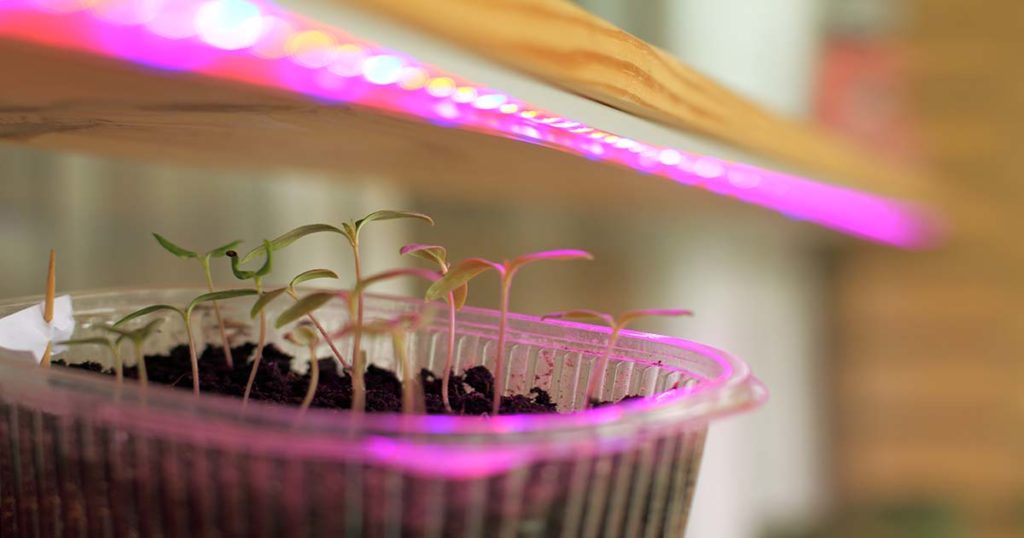
Provide Protection to Your Seeds
Seeds are unable to protect themselves from invasive pathogens during germination; therefore, it is essential to protect them against pests and pathogens during this critical stage.
Nowadays, there are many alternatives to chemical solutions. According to the Biological Activities and Application of Marine Polysaccharides book, the natural compound Chitosan possesses antifungal and antibacterial properties that are effective against seed-borne pathogens. When applied as seed treatment, Chitosan behaves as a resistance elicitor—inducing both local and systemic plant defense responses and providing the necessary protection to your seeds.
Happy Endings
Once you get the basics down, it’s easy and rewarding to germinate seeds.
If you want to protect your plants from seed to fruit, consider using HYSHIELD’s natural, chitosan-based formula. Click on the button to learn more:
- A Journey of Five Decades

- Hygrozyme Celebrates 50 years of InnovationDELTA, British Columbia, Nov. 20, 2024 (GLOBE NEWSWIRE)— by Doubling Down on Agriculture… Read more: Hygrozyme Celebrates 50 years of Innovation
- Hydroponic Gardening Tips and Tricks

- On February 2, 2022

